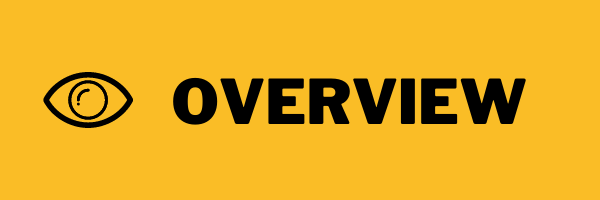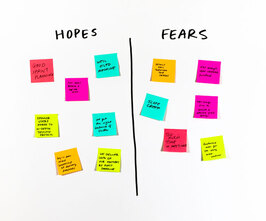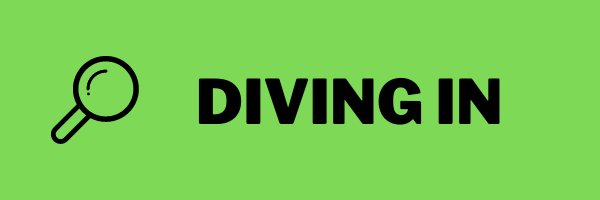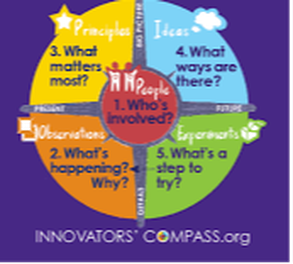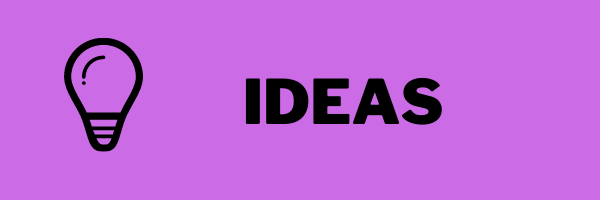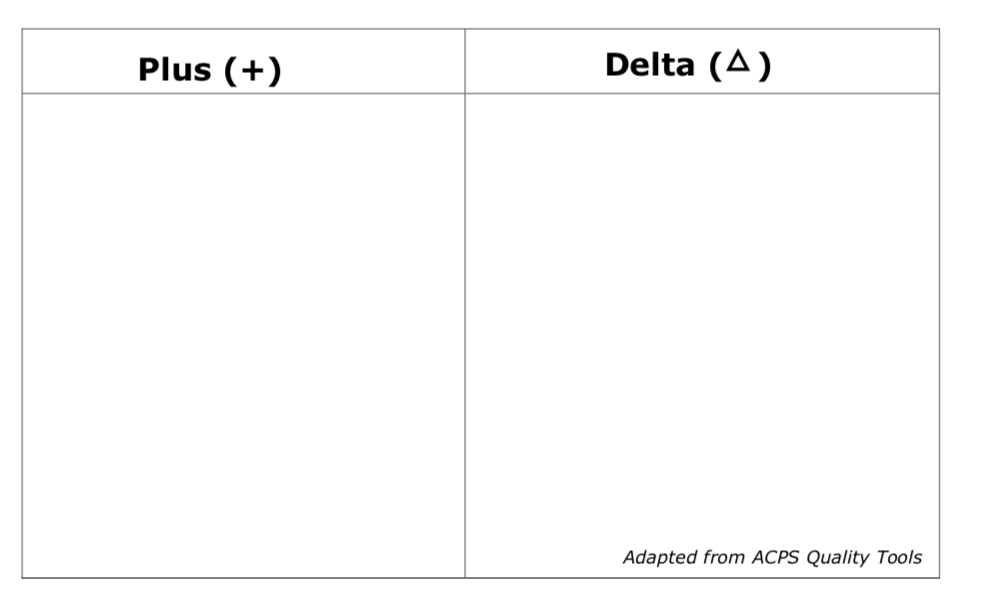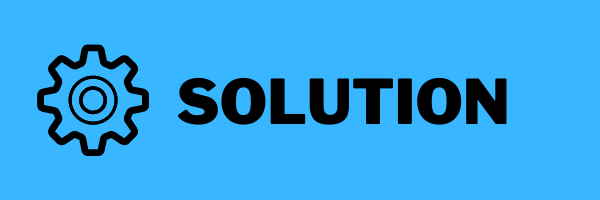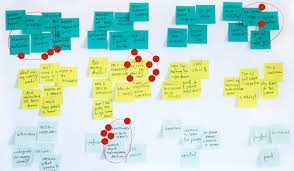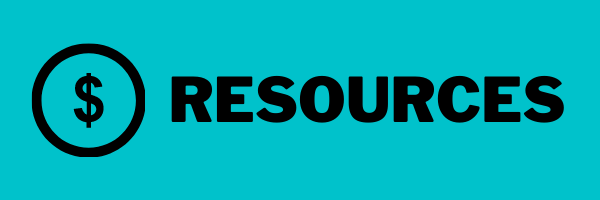Impact of Local Government
By: Kyle Stumpf
By: Kyle Stumpf
Project at a Glance :
This project is designed for 11th and 12th grade AP Government class. It tackles the themes of federalism as most of the government with the greatest impact is local or state in most communities. The project allows students to explore how government entities and organizations help solve problems in local communities. The unit is approximately 2-3 weeks long.
Driving Question:
How can we identify a major issue in our community and use a government/local entity to help solve this problem?
|
Standards:
Entry Event:
|
Stakeholders:
|
Incubation:
Checking in:
|
|
Solution Building:
|
Authentic Audience:
|
Click here for teacher's full plan.
Reflection and Feedback:
|
